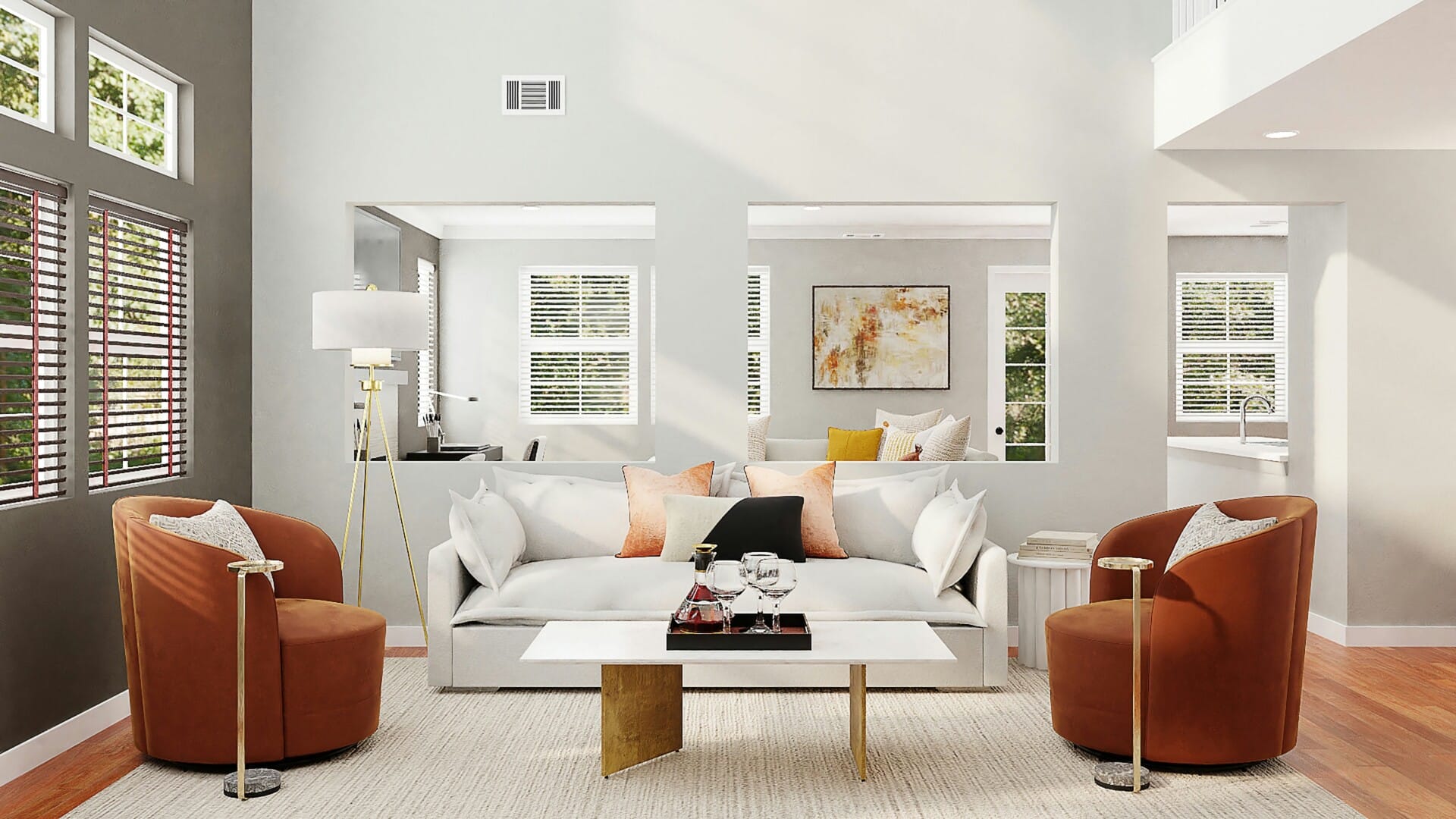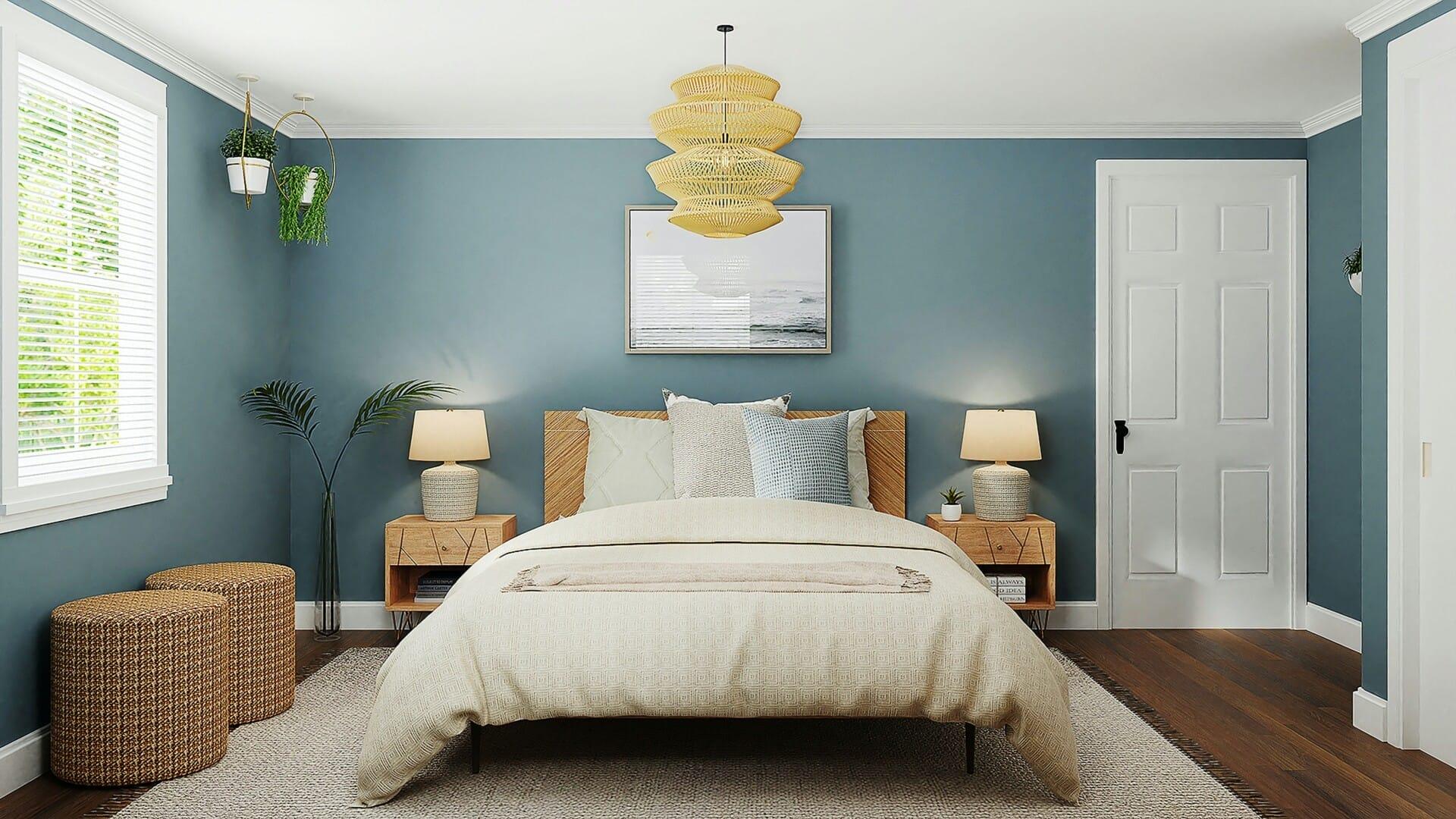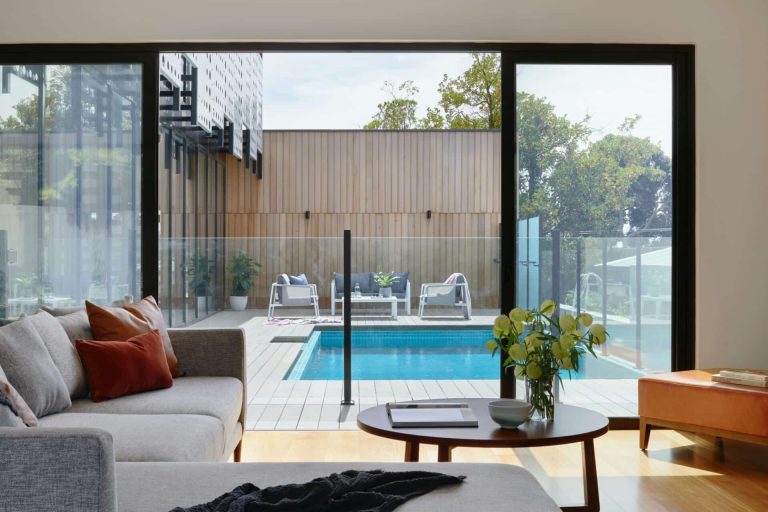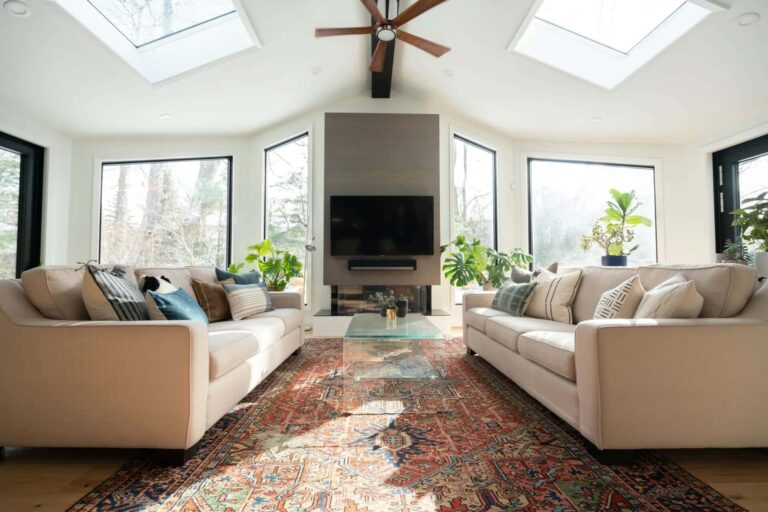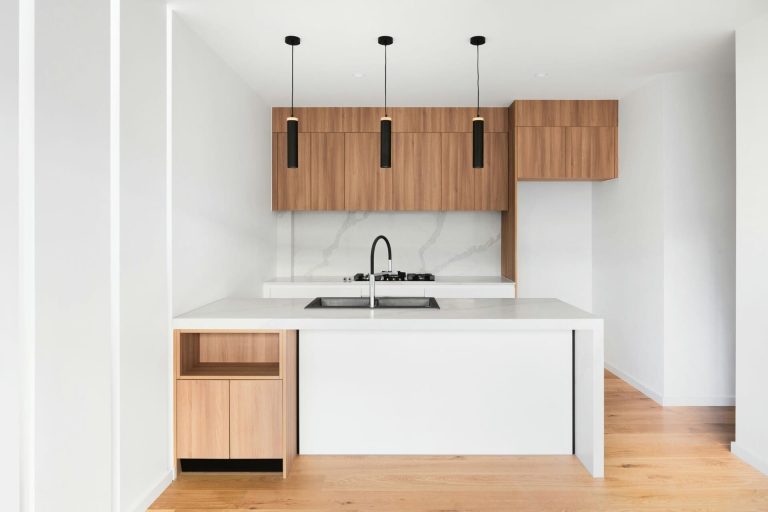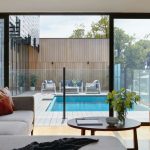Hey there! Have you ever thought about how the buildings around us can work with nature instead of against it? Well, that’s exactly what’s happening in Malaysia these days! More and more architects are jumping on the passive design bandwagon, and it’s not just a trend—it’s a smart way to create spaces that are energy-efficient, comfortable, and in harmony with our beautiful environment. In this article, we’ll dive into why Malaysian architects are turning to these strategies, exploring the benefits, challenges, and the cool ways they’re incorporating local culture and climate into their designs. So grab a cup of teh tarik, and let’s explore this exciting shift in the world of architecture!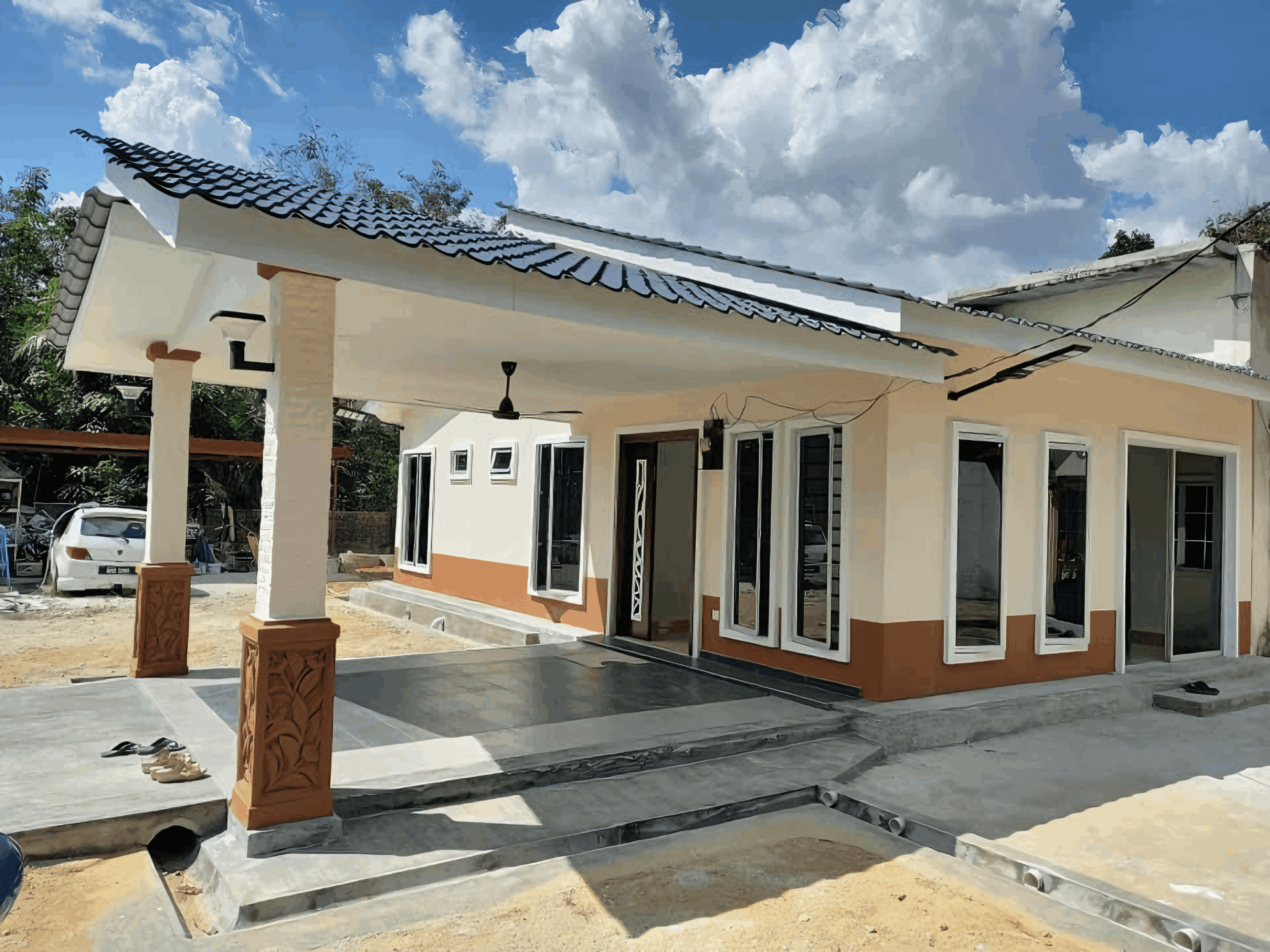
The Shift Towards Sustainability in Malaysian Architecture
In recent years, Malaysian architects have been gradually shifting their focus toward passive design strategies, which beautifully blend traditional architectural wisdom with modern technological advancements. By utilizing the natural environment, these designs aim to enhance energy efficiency and minimize environmental impact. Architects are exploring ways to harness Malaysia’s abundant sunlight and breezes, creating spaces that remain cool and comfortable without relying heavily on artificial cooling systems.
A key feature of this approach is the use of local materials and techniques that resonate with the vernacular architecture of Malaysia. This not only promotes sustainability but also celebrates local craftsmanship. Here are a few principles that are often incorporated in these designs:
- Orientation of buildings: Positioning structures to capitalize on natural light and wind patterns.
- Natural ventilation: Strategically placed openings that allow fresh air circulation.
- Shading devices: Overhangs, louvers, and screens designed to block direct sunlight.
Furthermore, a growing number of architects are integrating green roofs, rainwater harvesting systems, and efficient water management practices into their designs. These features not only reduce the ecological footprint of buildings but also enrich urban habitats. An illustrative comparison of some common strategies is outlined in the table below:
| Strategy | Benefits |
|---|---|
| Natural Ventilation | Reduces reliance on AC; improves air quality |
| Solar Orientation | Maximizes daylight; minimizes heat gain |
| Water Harvesting | Conserves water; lowers utility bills |
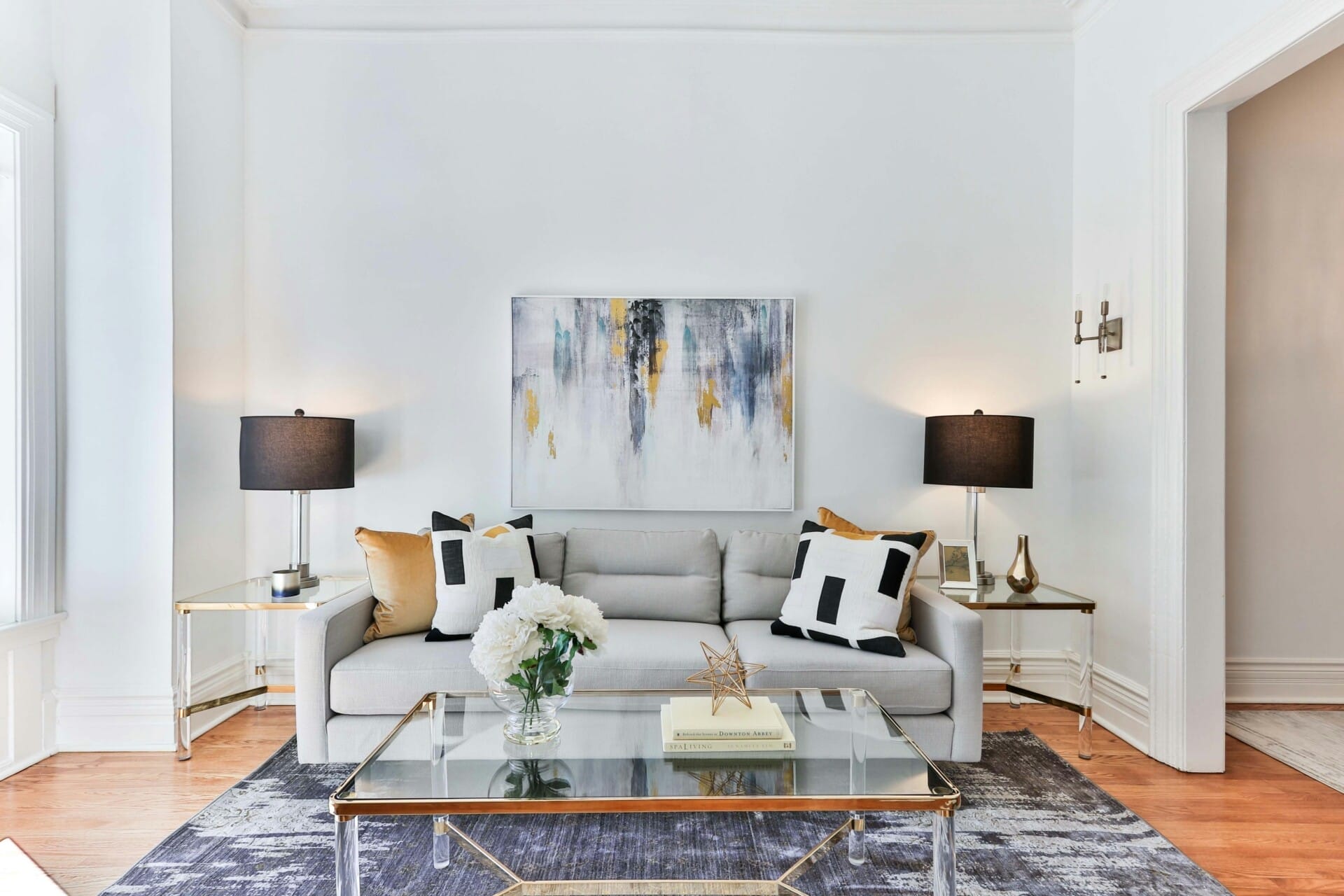
Understanding Passive Design Principles and Their Benefits
Passive design principles focus on enhancing a building’s energy efficiency by utilizing the natural environment. By leveraging elements such as natural light, ventilation, and thermal mass, architects can create spaces that are comfortable year-round. For instance, orienting a building towards the sun can maximize solar gain during the day, reducing the need for artificial lighting while simultaneously minimizing heat loss at night. This thoughtful integration of design and environment results in homes and buildings that don’t just look good but also use resources wisely.
Moreover, passive design strategies contribute significantly to sustainability. By minimizing energy consumption, these techniques help in reducing the carbon footprint of a building. Consider the benefits of utilizing natural materials and incorporating landscaping that provides shade; this not only contributes to a cooler indoor climate but also encourages biodiversity in the surrounding area. It’s all about creating a balance where man-made structures coexist harmoniously with nature, leading to healthier living conditions for occupants.
| Passive Design Feature | Benefit |
|---|---|
| Orientation | Maximized natural light & warmth |
| Natural Ventilation | Improved air quality & comfort |
| Insulation | Reduced energy bills |
| Landscaping | Natural cooling & enhanced aesthetics |
As Malaysian architects increasingly adopt these principles, they are not only responding to environmental challenges but are also addressing the needs of their clients. By creating homes that are more comfortable and energy-efficient, architects are fostering a sense of well-being for occupants. Plus, with the growing awareness of climate change, adopting these strategies aligns perfectly with global sustainability goals. In the long run, passive design isn’t just a trend; it’s a necessary shift towards a greener future.
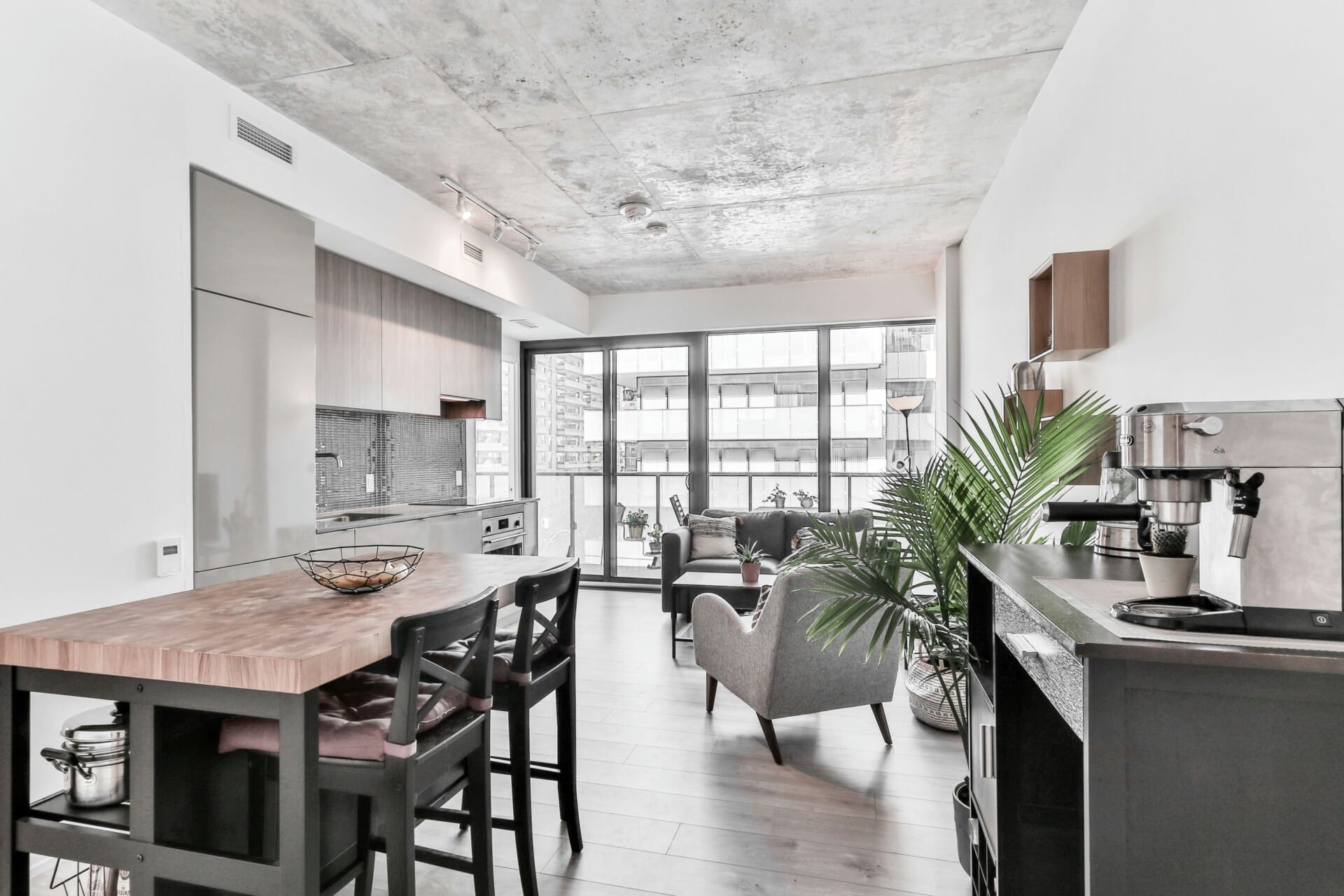
Climate Considerations: Tailoring Designs to Local Environments
As Malaysian architects dive deeper into passive design strategies, one of the key elements they focus on is how to harmonize buildings with their local environments. By considering the unique weather patterns, humidity levels, and prevailing winds of different regions, these professionals can create structures that offer maximum comfort while minimizing energy consumption. Instead of relying solely on air conditioning or artificial lighting, architects are employing techniques that promote natural ventilation, optimal daylighting, and effective thermal massing.
A crucial aspect of adapting designs is taking cues from traditional architecture and local materials. Techniques that have stood the test of time are being revisited, with architects now integrating features like overhanging eaves, courtyards, and shaded outdoor spaces. These elements not only provide respite from the sweltering heat but also foster connections with nature. When designing new buildings, considerations such as the orientation of the structure and the choice of materials become vital in ensuring that they respond well to the climatic conditions.
Ultimately, the move towards environmentally conscious architecture is about more than just aesthetics; it’s a commitment to sustainability and community. Each design decision can have a ripple effect, influencing energy conservation and reducing the overall carbon footprint. Here’s a quick look at some strategies and their benefits:
| Strategy | Benefits |
|---|---|
| Natural Ventilation | Reduces the need for artificial cooling |
| Daylighting | Enhances mood and decreases reliance on electricity |
| Thermal Mass | Helps maintain comfortable indoor temperatures |
| Green Roofs | Improves insulation and promotes biodiversity |
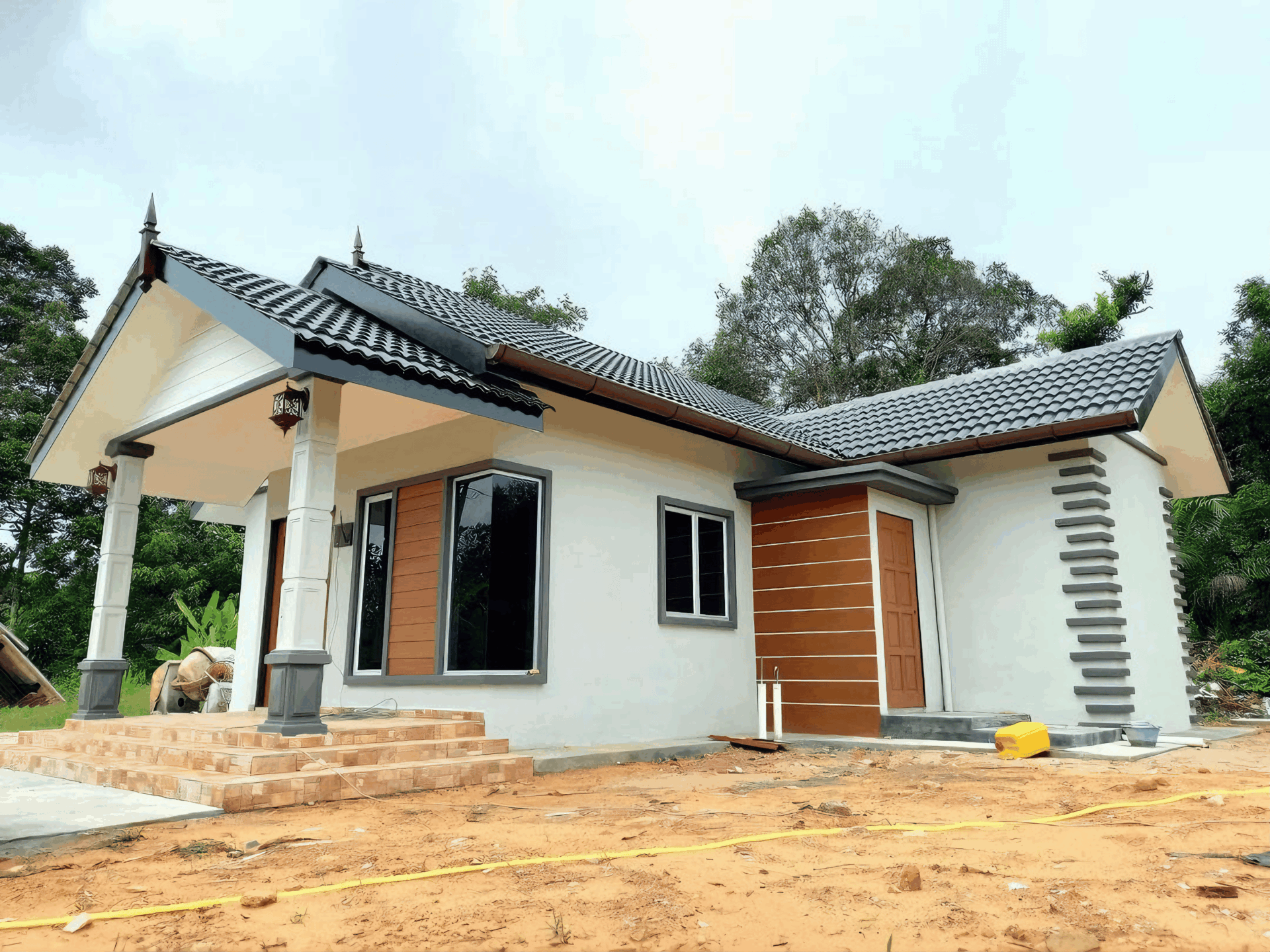
Enhancing Indoor Comfort Through Natural Ventilation Techniques
Natural ventilation plays a crucial role in enhancing indoor comfort, especially in the tropical climate of Malaysia. By strategically positioning windows, doors, and vents, architects can harness the power of prevailing winds, allowing fresh air to circulate. This approach not only cools living spaces but also helps to reduce humidity levels, creating a more pleasant environment. Some effective techniques include:
- Cross-Ventilation: Utilizing openings on opposite sides of a room to promote airflow.
- Stack Ventilation: Encouraging hot air to rise and escape through higher openings, pulling in cooler air from below.
- Orientation of Windows: Aligning windows to maximize exposure to prevailing winds.
Integrating these techniques within architectural designs ensures that buildings breathe naturally. Rather than relying solely on air conditioning, which can be costly and energy-intensive, natural ventilation fosters a connection between indoor spaces and the outdoor environment. This creates a harmonious atmosphere, reducing the need for mechanical systems and enhancing overall well-being. Homeowners appreciate the freshness and comfort that comes with a well-ventilated space, especially during the sweltering Malaysian afternoons.
The implementation of these designs also calls for careful consideration of materials and layouts. Using thermal-mass materials, like concrete and brick, can help regulate indoor temperatures, absorbing heat during the day and releasing it at night. To exemplify this approach, here’s a simple overview of materials and their benefits:
| Material | Benefit |
|---|---|
| Concrete | High thermal mass – helps keep temperatures stable. |
| Wood | Natural insulation – reduces heat transfer. |
| Brick | Durable – withstands humidity and promotes airflow. |

The Role of Materials in Supporting Passive Design Strategies
In the world of architecture, especially in the tropics, the choice of materials plays a pivotal role in optimizing passive design strategies. Integrating natural materials such as bamboo, timber, and clay helps to foster a heightened sense of connection to the local environment. These materials not only provide durability but also enhance the building’s ability to regulate temperature, ensuring that indoor spaces remain cool without relying heavily on artificial cooling systems. For instance, clay bricks can absorb heat during the day and release it slowly at night, creating a comfortable living space all year round.
Textured surfaces and proper ventilation are crucial elements influenced by material choice. By utilizing materials like perforated concrete panels or ventilated facades, architects can create buildings that encourage natural airflow while reducing direct sunlight exposure. This approach minimizes the need for air conditioning and artificial lighting throughout the day. Moreover, materials with high thermal mass, like concrete or rammed earth, contribute to stabilizing indoor climates, ensuring that fluctuations in outdoor temperatures don’t adversely affect comfort levels inside.
| Material | Benefits for Passive Design |
|---|---|
| Bamboo | Lightweight, sustainable, excellent thermal insulation |
| Timber | Natural aesthetic, good insulation properties |
| Clay | Thermal regulation, moisture control |
| Concrete | High thermal mass, durability |
Malaysian architects are increasingly turning their attention to how these materials harmonize with local climates and contribute to sustainability. By embracing these alternatives, they ensure that buildings are not just structural achievements, but also environmentally friendly and resource-efficient solutions. Ultimately, utilizing the right materials enriches passive design strategies, creating spaces that are not only functional but also resonate with the essence of Malaysia’s rich architectural heritage.
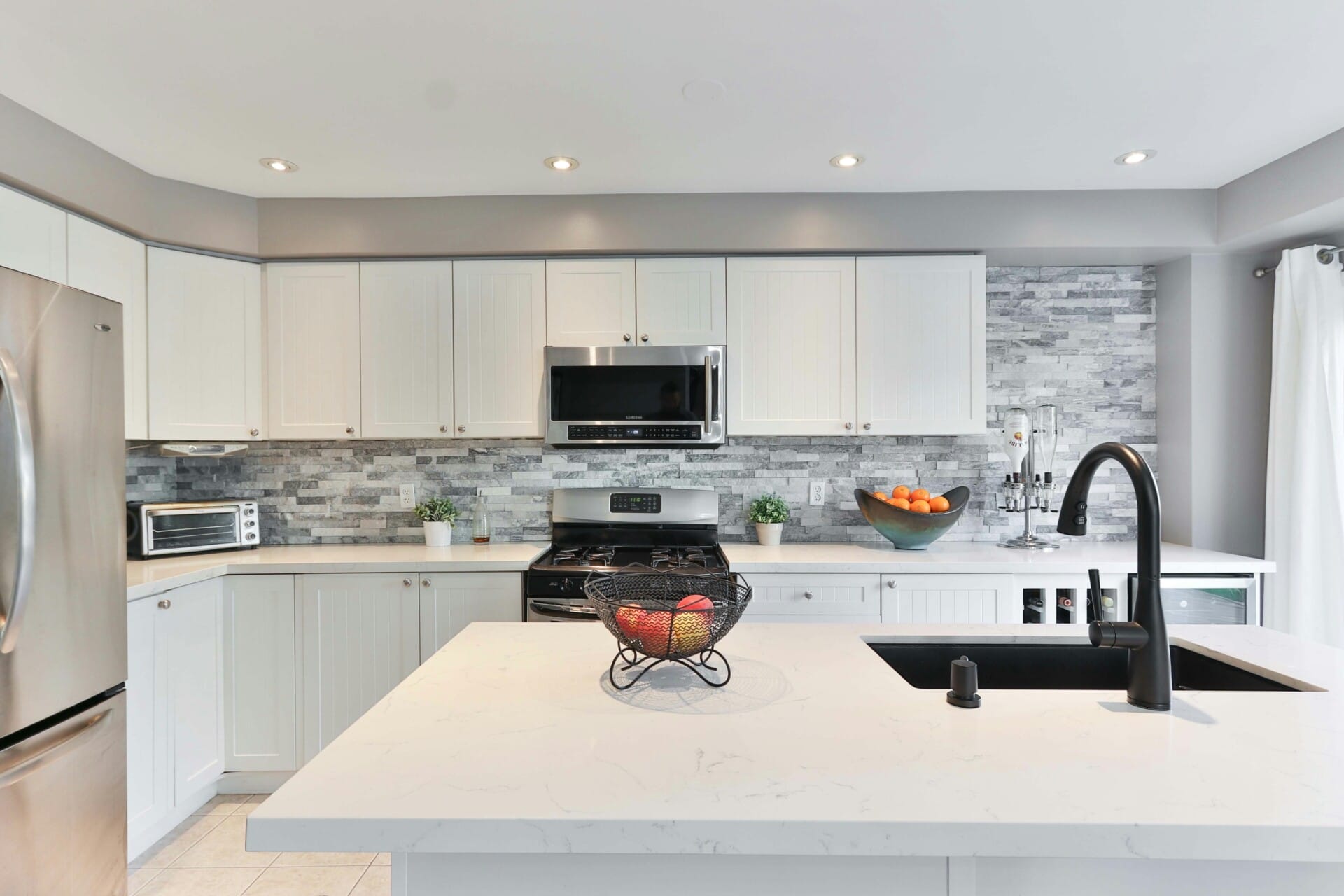
Case Studies of Successful Passive Design Implementations
One of the standout examples of passive design in Malaysia is the Green Building Index (GBI) certified facilities, where architects have seamlessly integrated natural ventilation and daylighting strategies. By using large overhangs and strategically placed windows, these buildings minimize heat gain while maximizing the flow of cool breezes. This not only reduces reliance on air conditioning but also enhances the comfort of occupants.
Another inspiring case is the Sustainable Energy Development Authority (SEDA) office in Putrajaya. Emphasizing local materials and optimizing site orientation, the design captures natural light effectively throughout the day. The clever use of shrubs and trees around the building further promotes thermal comfort while reducing the need for artificial lighting. Such a holistic approach has set a new benchmark for workplaces in tropical climates.
| Project | Key Features | Benefits |
|---|---|---|
| GBI Certified Facilities | Natural ventilation, daylighting | Lower energy costs, improved occupant comfort |
| SEDA Office | Local materials, optimized orientation | Enhanced thermal comfort, reduced artificial lighting |
the Eco-Kampus project exemplifies the integration of passive cooling techniques with innovative landscaping. This initiative promotes biodiversity and local flora around educational buildings, creating a conducive learning environment that’s cool and inviting. Students can thrive in spaces that embrace nature and sustainability, showing how passive design isn’t only about buildings but also about cultivating communities.
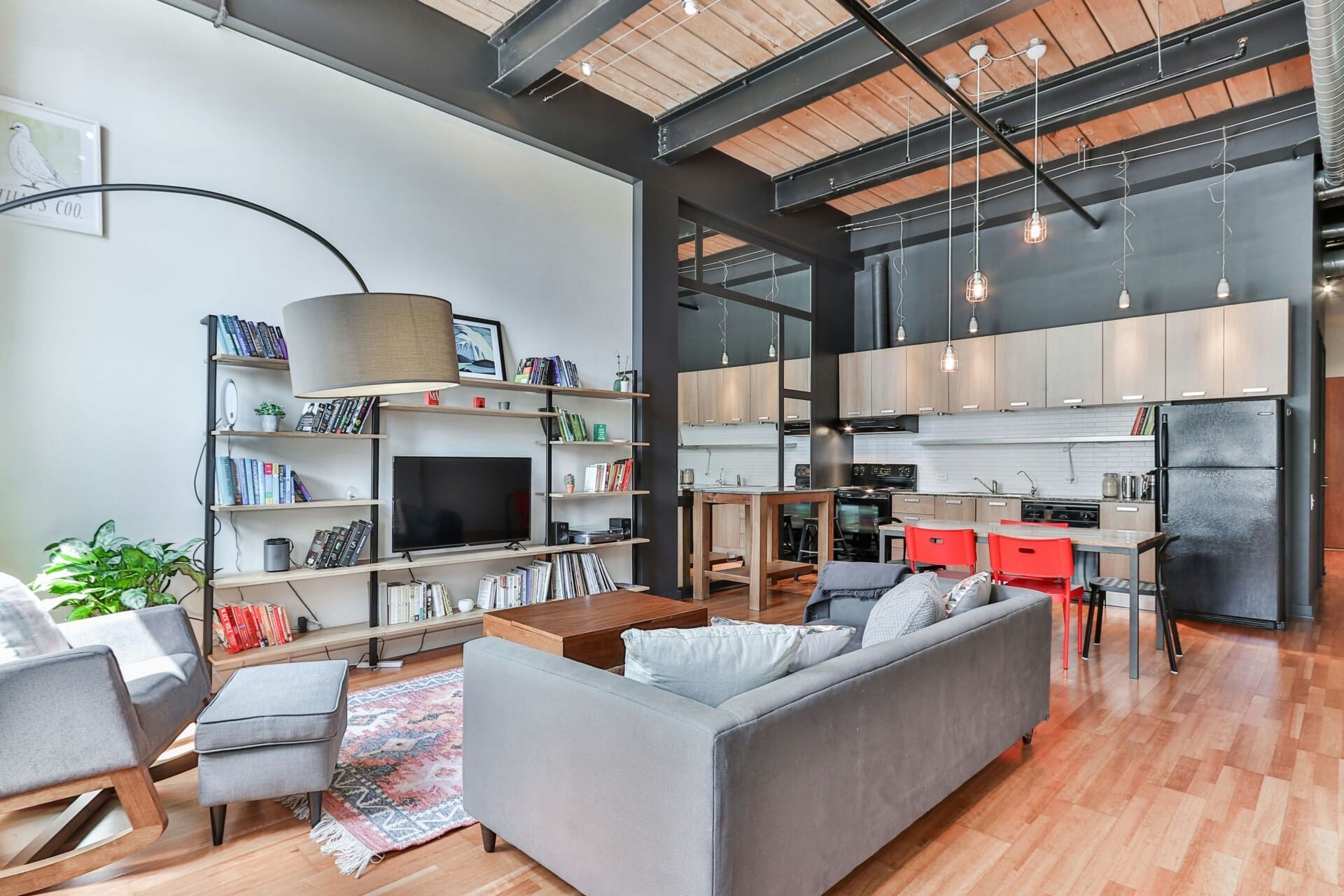
Recommendations for Integrating Passive Strategies into Modern Projects
Integrating passive strategies into modern architectural projects can tremendously enhance the sustainability and energy efficiency of buildings. Start by conducting a thorough site analysis to understand the local climate patterns, solar orientation, and wind flow. This information can guide decisions on window placement, building orientation, and landscape design, ultimately optimizing natural heating, cooling, and lighting.
Incorporate passive elements from the outset. This can mean utilizing materials with high thermal mass to regulate indoor temperatures or installing overhangs and shading devices to control sunlight exposure. Features like green roofs or walls not only improve energy efficiency but also contribute to local biodiversity and enhance the aesthetic appeal of the structure. Here are some effective passive strategies to consider:
- Orientation and layout planning
- Natural ventilation designs
- Use of insulated and reflective materials
- Efficient use of space with open-plan designs
Lastly, engage with local artisans and craftsmen to incorporate traditional Malaysian architectural elements that resonate with the community while enhancing passive design. Collaboration with these experts can lead to innovative solutions that reflect local identity and culture. To facilitate easy decision-making, below is a simple comparison table of various passive strategies:
| Strategy | Benefits |
|---|---|
| Orientation | Maximizes natural light and heat |
| Ventilation | Improves air quality and comfort |
| Materials | Enhances thermal performance |
| Landscaping | Provides shade and cooling effects |
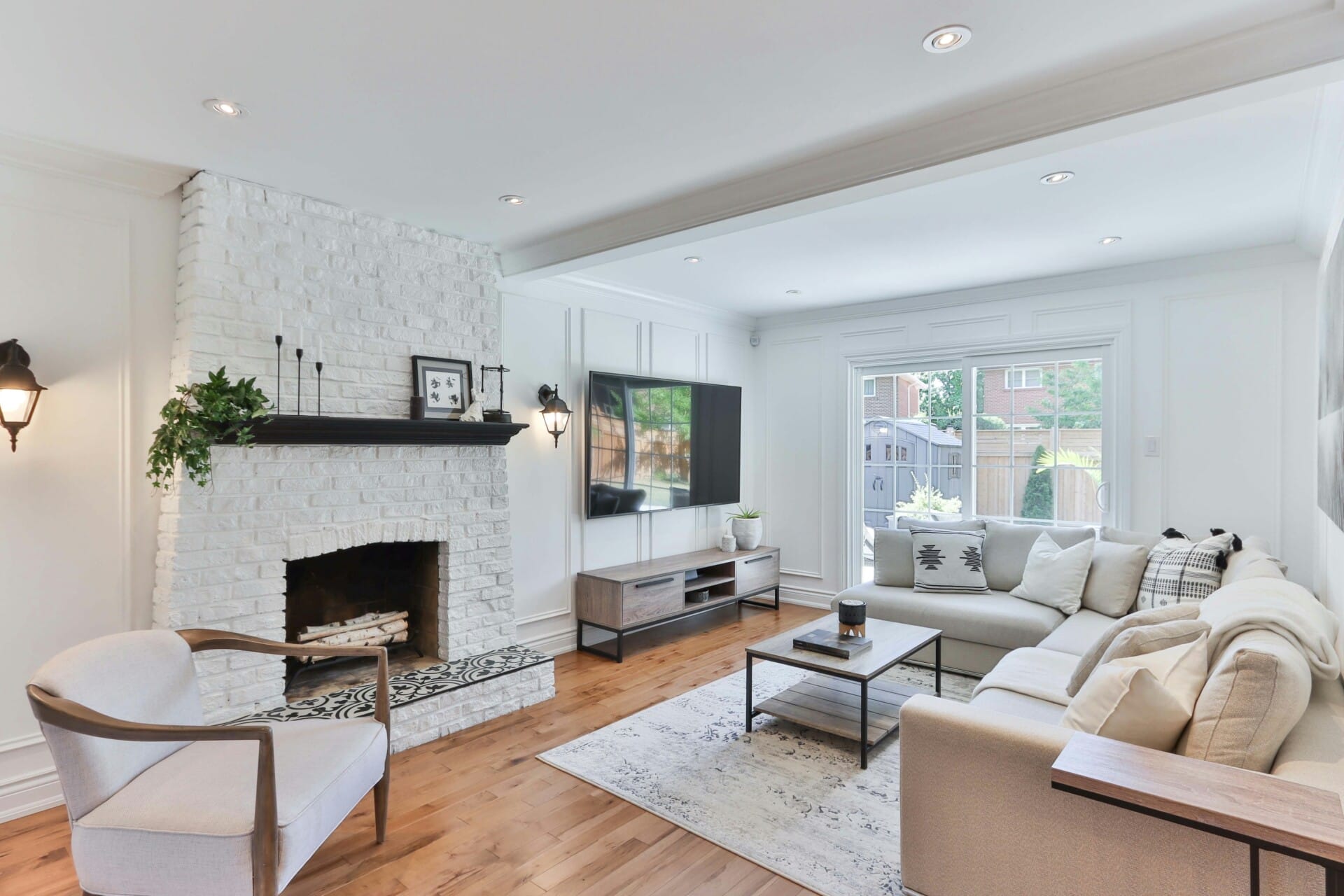
The Future of Malaysian Architecture: Balancing Tradition and Innovation
As Malaysian architecture evolves, the integration of passive design strategies is becoming more pronounced. Architects are tapping into local vernacular influences, showcasing an appreciation for traditional building methods that harmoniously coexist with nature. This approach emphasizes using natural ventilation, daylighting, and thermal massing, allowing structures to breathe and interact dynamically with their surroundings. By leaning into these practices, architects are not only preserving cultural heritage but also minimizing energy consumption, creating spaces that are sustainable and environmentally friendly.
Another important element is to prioritize sustainable materials that reduce the carbon footprint while also reflecting the rich textures and colors found in Malaysian landscapes. Utilizing bamboo, reclaimed wood, and local stone helps create a tactile connection to the environment while ensuring longevity and low maintenance. Here are some benefits of this approach:
- Cost-Effective: Using locally-sourced materials can lead to lower transportation costs and support the local economy.
- Environmental Responsibility: Focusing on eco-friendly materials reduces waste and promotes sustainability.
- Aesthetic Value: Natural materials offer unique variations that enhance the beauty of architectural designs.
The blend of modern technology with time-tested techniques is key to shaping the future of Malaysian architecture. Innovative tools such as energy modeling software and digital fabrication allow architects to test and visualize designs before they are even built. This fusion encourages designers to think creatively about how buildings can function while maintaining cultural relevance. A simple comparison of traditional versus modern methods highlights this synergy:
| Aspect | Traditional Methods | Modern Methods |
|---|---|---|
| Material | Locally sourced, natural | Sustainable, engineered |
| Design Approach | Intuitive, climate-responsive | Data-driven, experimental |
| Functionality | Community-oriented | Efficiency-focused |
By embracing both heritage and advancement, Malaysian architects are crafting narratives through their designs, ensuring that every building tells a story while accommodating the needs of future generations. The journey ahead is all about harmonizing these approaches for a livable, beautiful, and sustainable Malaysia.
In Summary
As we wrap up our journey through the world of passive design strategies, it’s clear that Malaysian architects are onto something truly exciting. By embracing techniques that work with nature rather than against it, they’re not just creating stunning spaces; they’re also championing sustainability and a healthier way of living.
Imagine a future where our homes and buildings not only blend seamlessly with their surroundings but also help keep us cool during the sweltering heat and lit up with natural light, reducing our reliance on energy. It’s not just a dream—it’s happening right now as more of our talented architects push the envelope.
So, whether you’re a homeowner looking to renovate, a budding architect, or simply someone curious about the changing landscape of Malaysian architecture, take note: passive design isn’t just a trend, it’s becoming part of our identity. As we look ahead, let’s encourage this beautiful fusion of innovation and tradition that honors our unique environment while ensuring a brighter, greener future for generations to come. Cheers to the architects leading this charge and to the inspiring journey ahead!